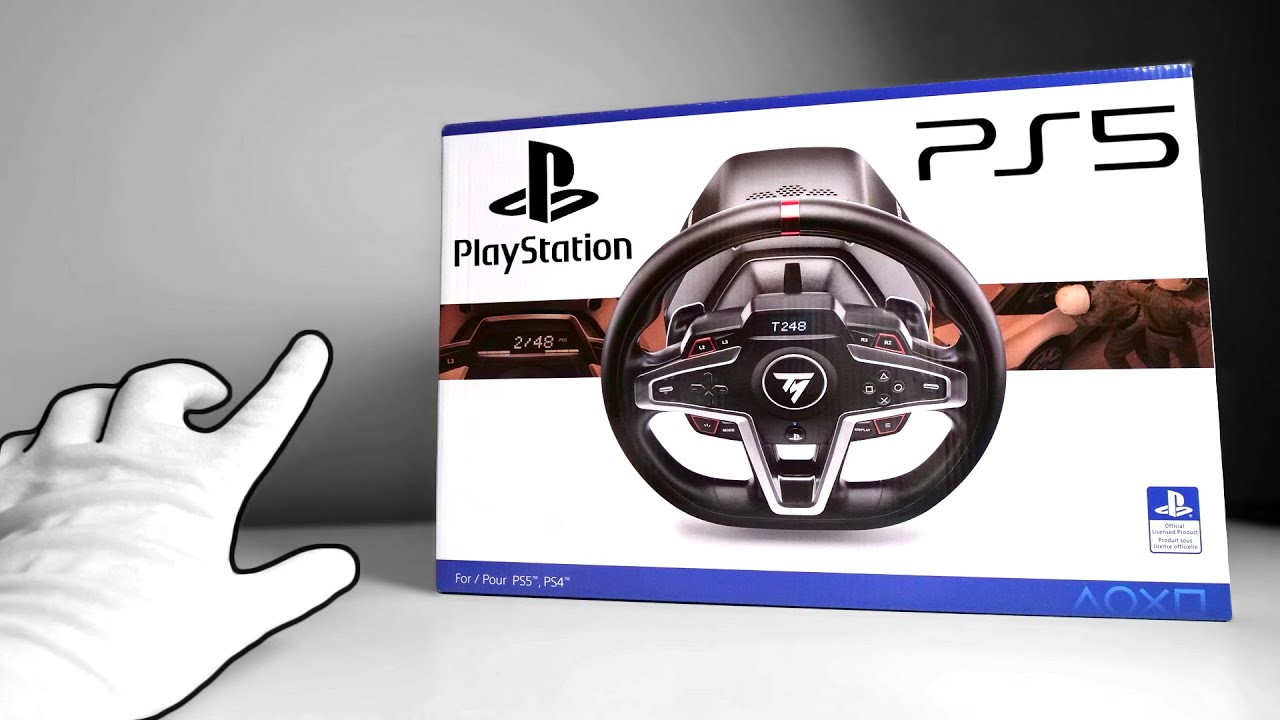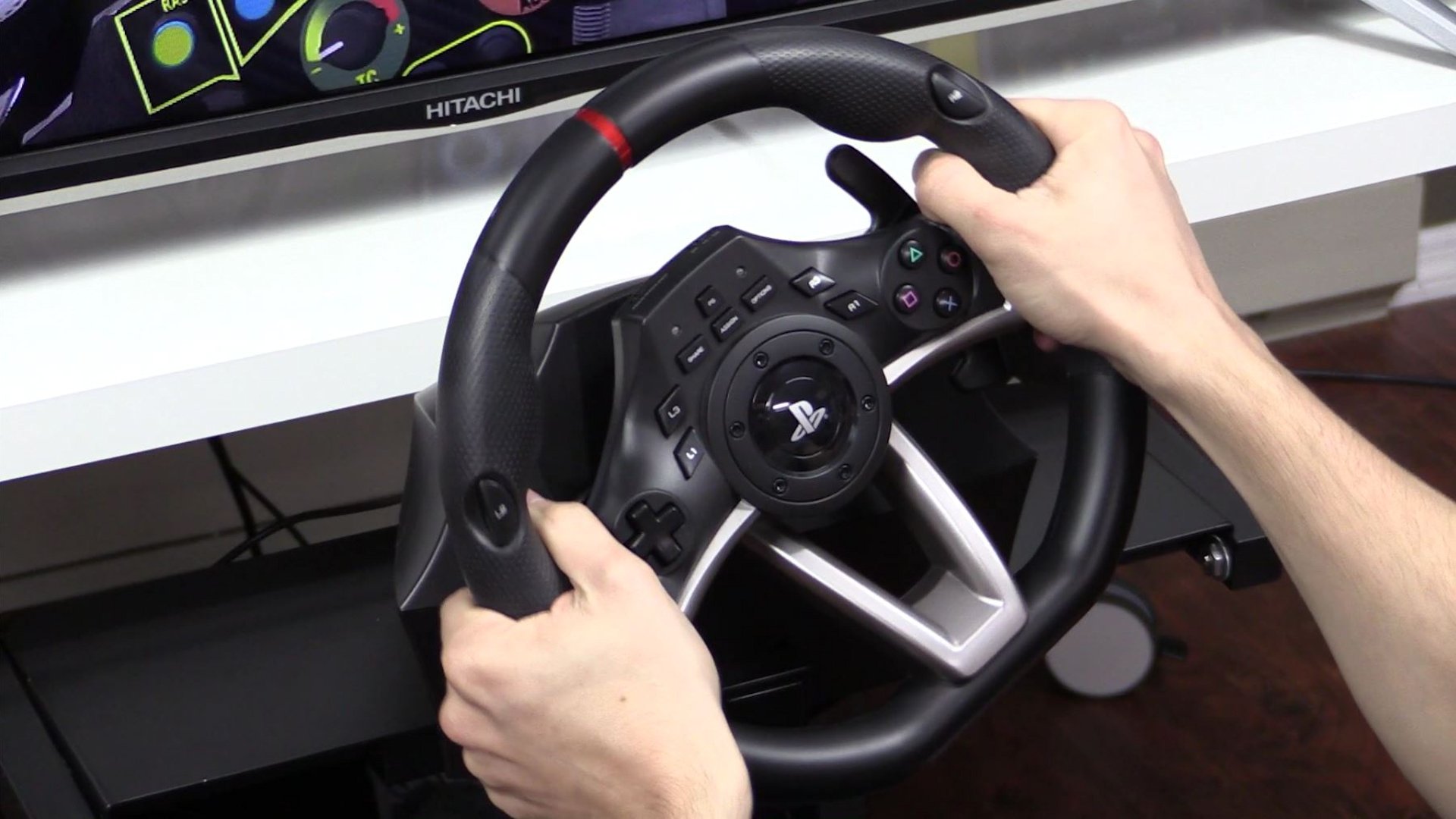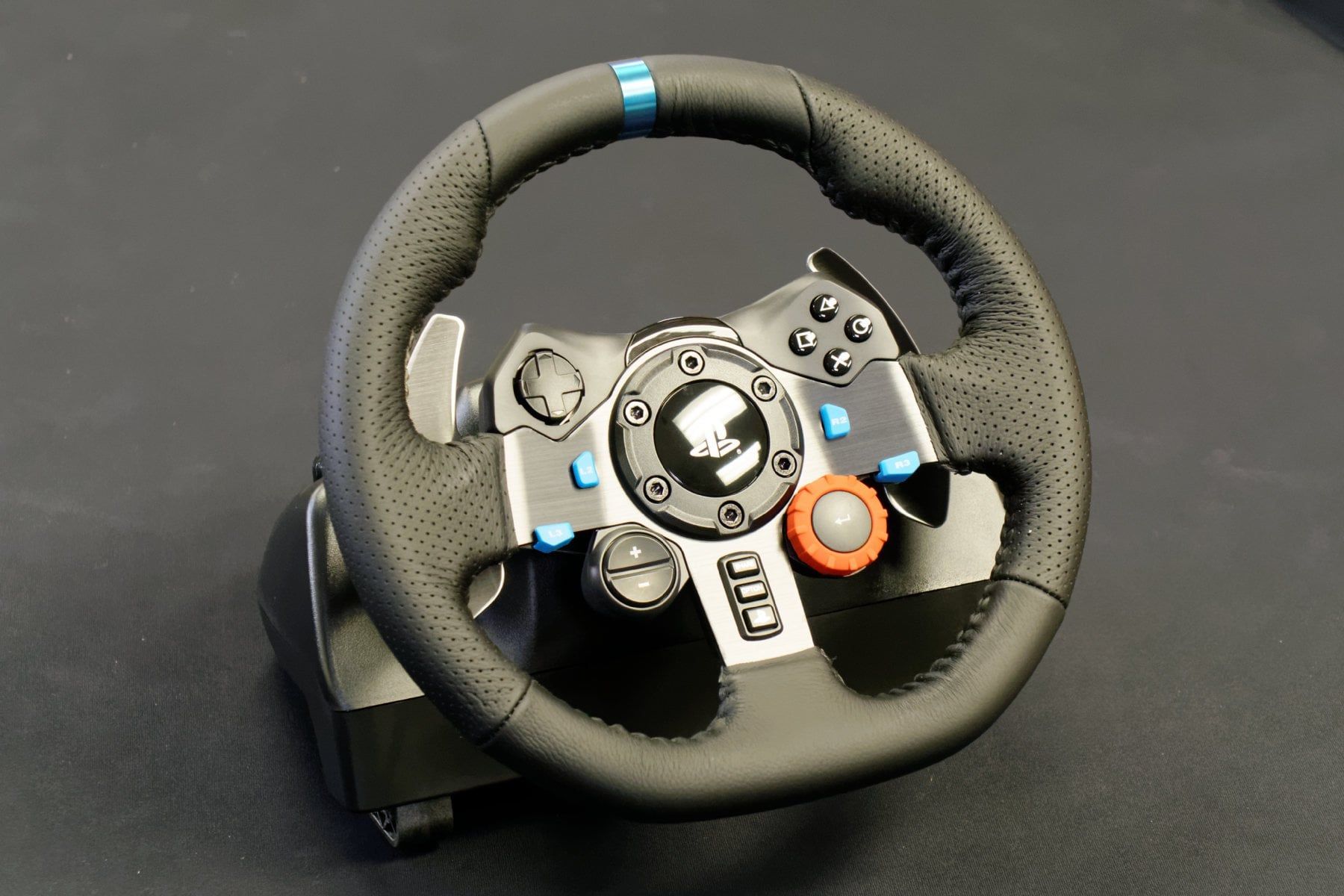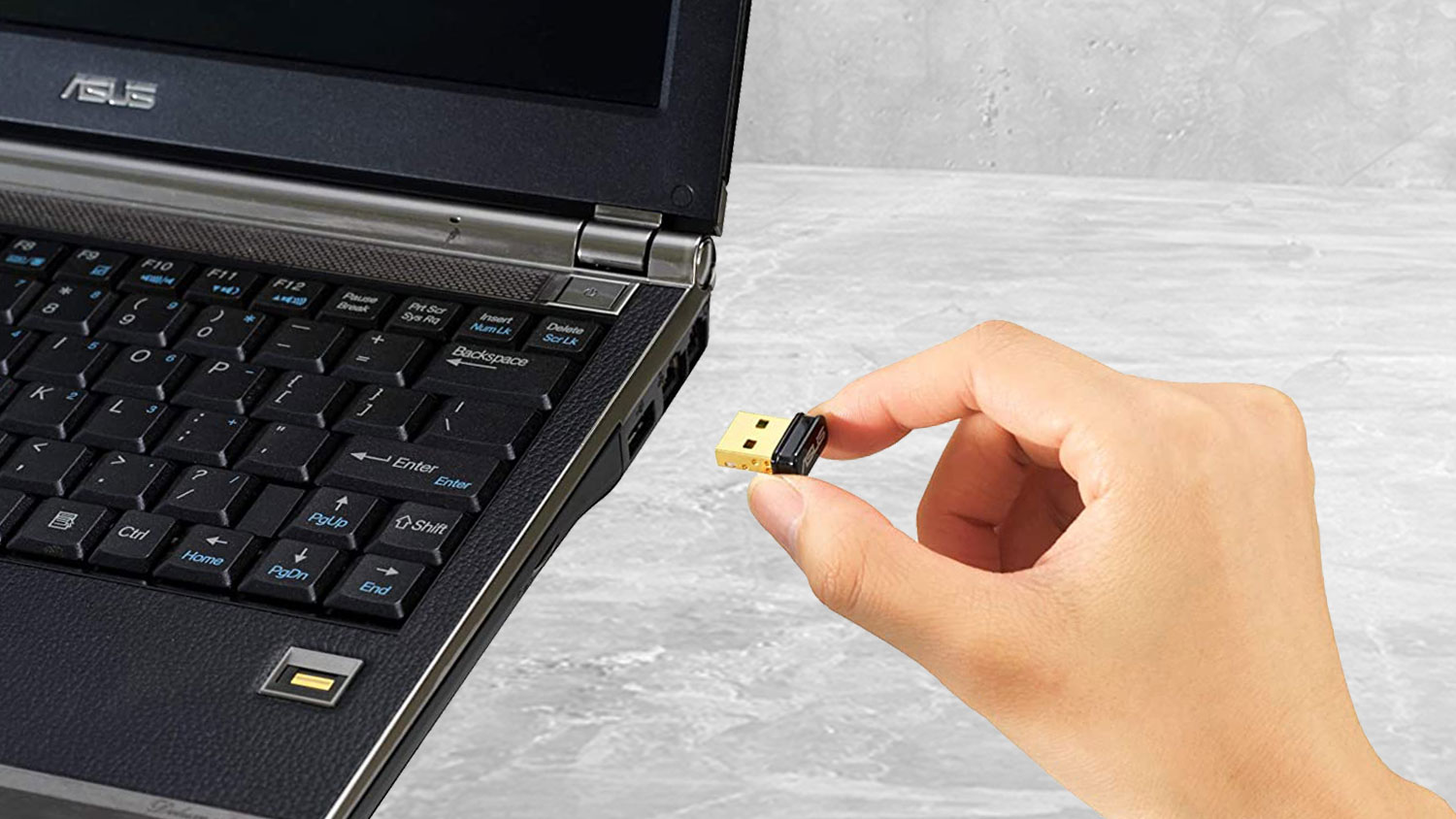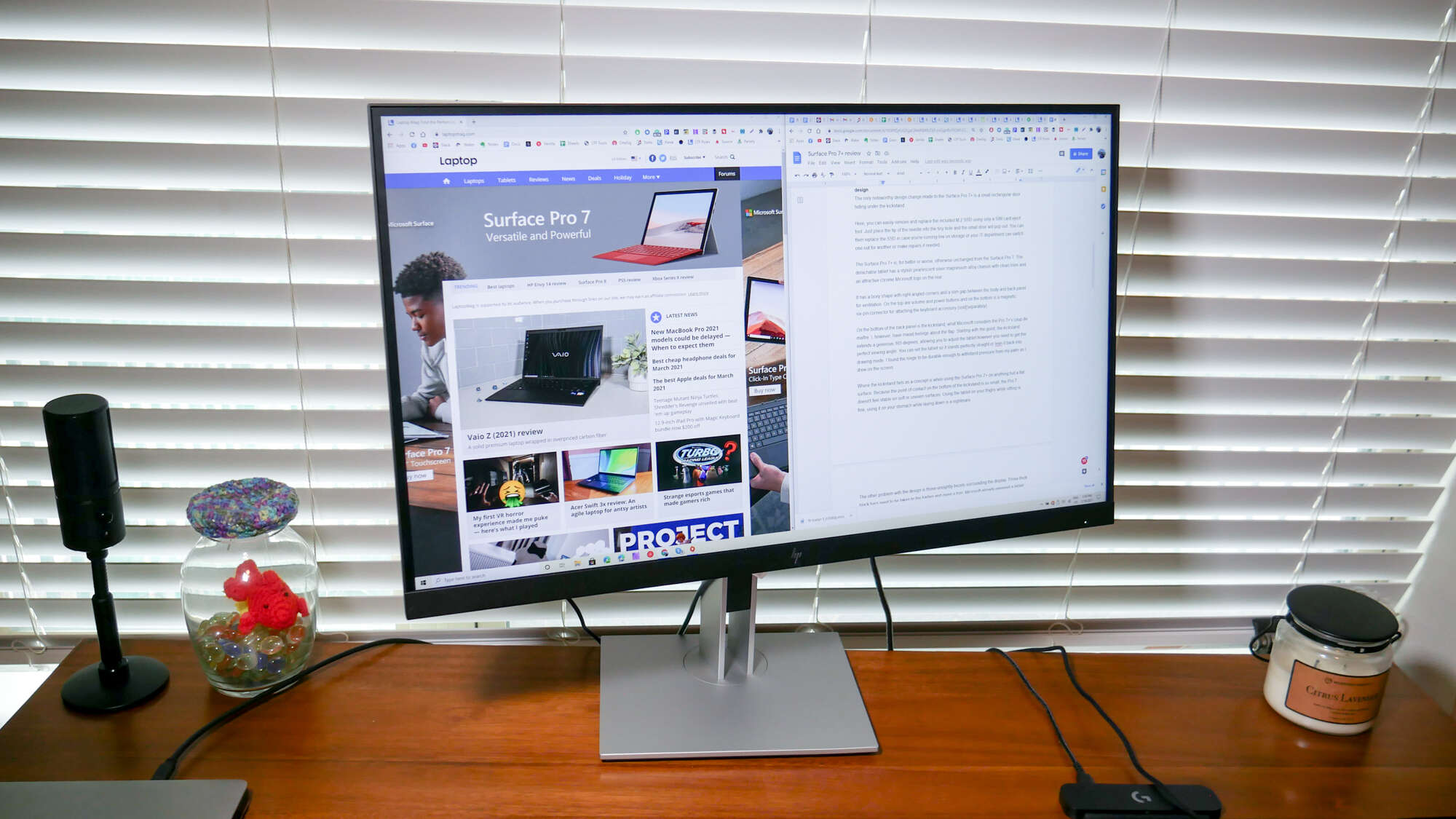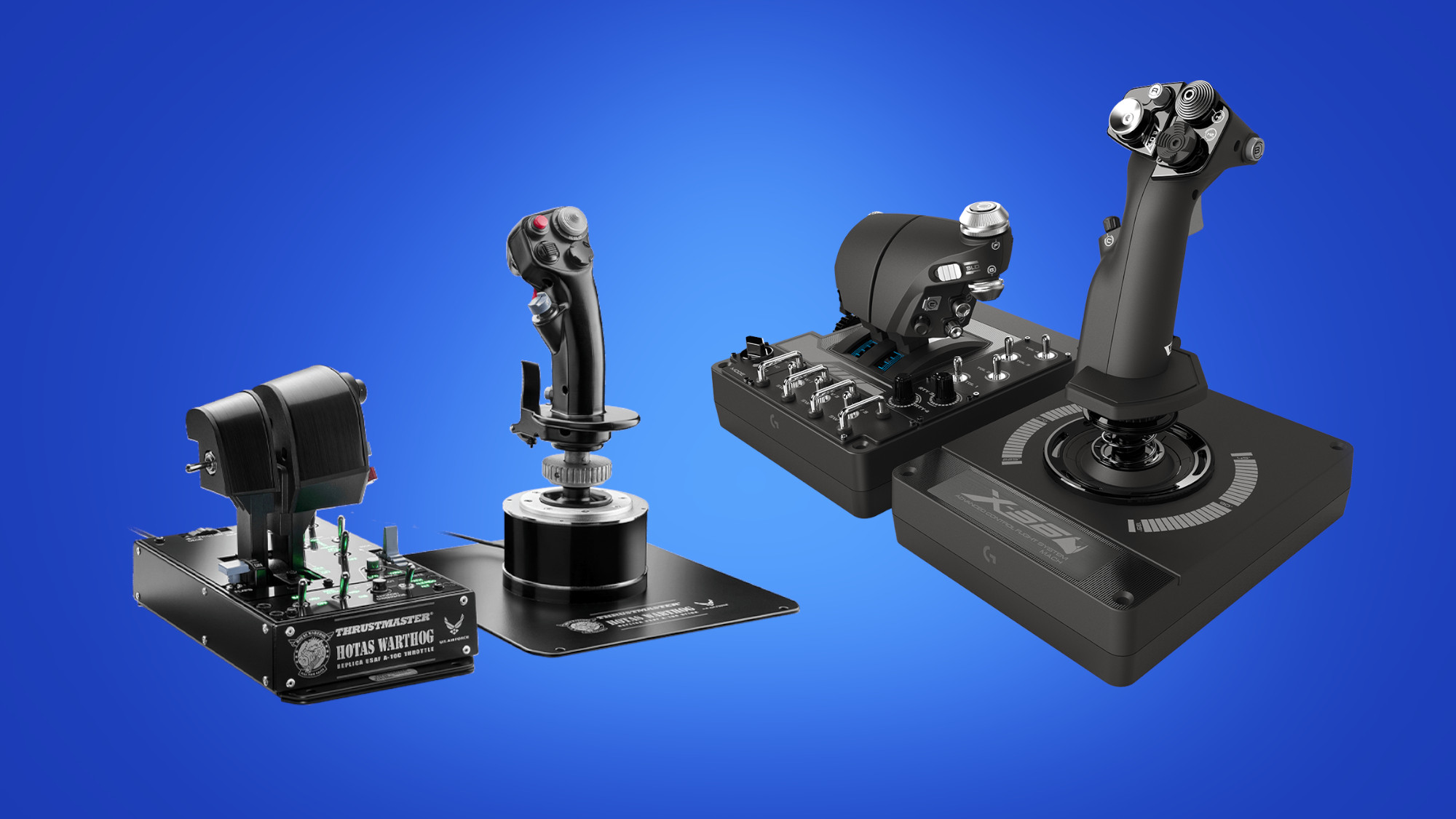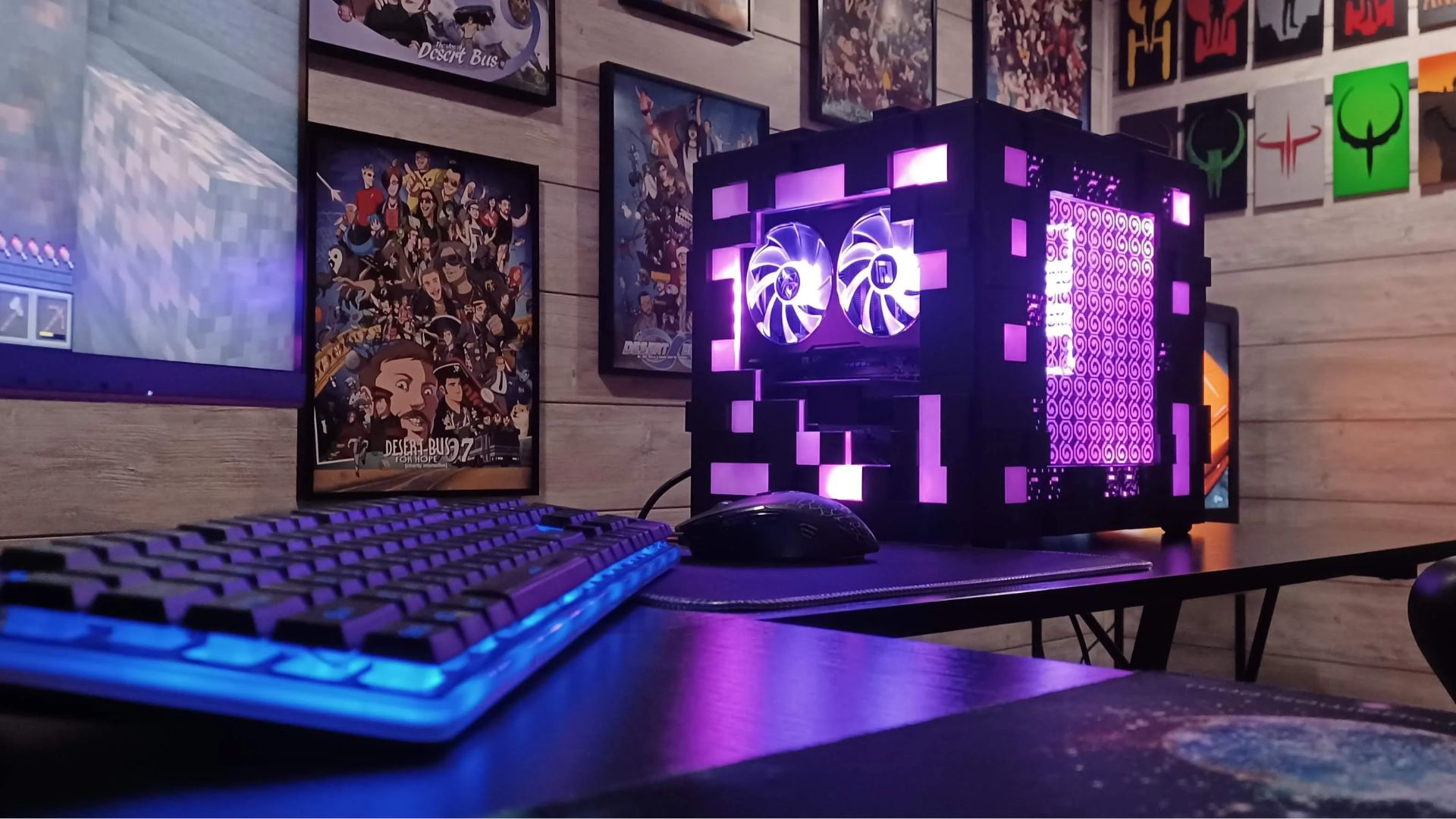Introduction
Are you ready to take your racing experience to the next level on your PS5? Setting up a racing wheel can significantly enhance the thrill and realism of racing games, providing a more immersive and engaging gameplay experience. Whether you’re a seasoned racing enthusiast or a casual gamer looking to elevate your gaming setup, this comprehensive guide will walk you through the process of setting up a racing wheel on your PS5.
Racing wheels offer precise control and a more authentic feel, allowing you to navigate hairpin turns and straightaways with unparalleled accuracy. By following the steps outlined in this guide, you’ll be able to seamlessly integrate a racing wheel into your gaming setup and start enjoying a more immersive and realistic racing experience.
In the following sections, we’ll cover everything from unboxing the racing wheel to connecting it to your PS5, installing any necessary software or updates, adjusting settings and calibration, and finally, testing the racing wheel to ensure everything is functioning as it should. Whether you’re a fan of arcade-style racing games or realistic simulations, a racing wheel can add a new dimension to your gaming experience.
So, without further ado, let’s dive into the step-by-step process of setting up your racing wheel on the PS5. Get ready to feel the adrenaline rush as you hit the virtual track with unparalleled precision and control!
Step 1: Unboxing the Racing Wheel
Before you can start racing, you’ll need to unbox your new racing wheel. Most racing wheels come with several components, including the wheel itself, pedals, and possibly a gear shifter. Carefully unpack each item, ensuring that all the necessary parts are included and undamaged. It’s a good idea to keep the original packaging in case you need to transport or store the racing wheel in the future.
Once you’ve unpacked the racing wheel, take a moment to familiarize yourself with the various components. The wheel will likely feature buttons, paddles, and possibly a directional pad, all of which can be customized to suit your preferences. The pedals should be sturdy and well-built, providing realistic resistance and feedback as you accelerate, brake, and clutch.
Some racing wheels may also include a gear shifter, which adds another layer of realism to your racing experience. If your wheel comes with a gear shifter, take the time to inspect it and understand how it connects to the wheel and the console.
After unboxing and inspecting the components, you may want to review the user manual to familiarize yourself with the setup process and any specific instructions provided by the manufacturer. This will help ensure that you assemble and connect the racing wheel correctly, setting the stage for an optimal gaming experience.
With the racing wheel unboxed and ready to go, you’re one step closer to immersing yourself in the world of virtual racing. The next step is to connect the racing wheel to your PS5, so let’s move on to the next section and get ready to hit the virtual track!
Step 2: Connecting the Racing Wheel to the PS5
Now that you’ve unboxed the racing wheel, it’s time to connect it to your PS5. Most racing wheels feature a USB connection, making it relatively straightforward to link them to your console. Begin by locating an available USB port on your PS5. Depending on the model of your racing wheel, you may need to connect multiple cables, such as one for the wheel itself and another for the pedals or gear shifter.
Once you’ve identified the appropriate USB port on your PS5, carefully plug in the racing wheel’s USB cable. If your racing wheel includes separate pedals, you’ll also need to connect their cables to the console. Ensure that all connections are secure to prevent any issues during gameplay.
After connecting the racing wheel to your PS5, you may need to power on the wheel using its dedicated power source, if applicable. Some racing wheels are powered directly through the USB connection, while others require an external power supply. Refer to the user manual for specific instructions regarding the power requirements of your racing wheel.
Once the racing wheel is connected and powered on, your PS5 should recognize the device, and you’ll be one step closer to enjoying an immersive racing experience. Before diving into your favorite racing game, it’s a good idea to check for any software updates or drivers that may be required for optimal compatibility between the racing wheel and the PS5.
With the racing wheel successfully connected to your PS5, you’re ready to move on to the next step: installing any necessary software or updates to ensure that your racing wheel functions seamlessly with your console. Let’s explore this process in the following section as we continue to enhance your virtual racing setup.
Step 3: Installing Any Necessary Software or Updates
With the racing wheel connected to your PS5, it’s essential to ensure that you have the latest software and drivers to optimize its performance. Depending on the brand and model of your racing wheel, the manufacturer may provide specific software or firmware updates that are designed to enhance compatibility and functionality with the PS5.
Start by visiting the official website of the racing wheel’s manufacturer to check for any available updates or software downloads. Look for the dedicated support or downloads section, where you can find the latest drivers and software for your specific model. Download the necessary files and follow the provided instructions to install them on your PS5.
If the racing wheel requires specific drivers to interface with the PS5, ensure that you follow the installation process carefully, as this will help guarantee smooth and reliable operation of the racing wheel. Some manufacturers may also offer customization software that allows you to tailor the wheel’s settings and sensitivity to your liking, providing a personalized racing experience.
Once you’ve installed any required software or updates, it’s a good idea to restart your PS5 to ensure that the changes take effect. This will also provide an opportunity to verify that the racing wheel is functioning correctly and that any custom settings or configurations have been applied successfully.
By installing the necessary software and updates, you can maximize the potential of your racing wheel, unlocking advanced features and ensuring seamless integration with your PS5. With this step completed, you’re now ready to move on to the next phase: adjusting settings and calibration to fine-tune the racing wheel for an optimal gaming experience.
Step 4: Adjusting Settings and Calibration
After connecting the racing wheel and installing any necessary software or updates, it’s time to fine-tune the settings and calibration to ensure that the wheel responds accurately to your inputs and provides a realistic racing experience. Most racing wheels offer a range of customization options, allowing you to adjust the wheel’s sensitivity, button mappings, and force feedback settings.
Start by accessing the settings or configuration menu on your PS5, where you can find options specific to the racing wheel. Depending on the model, you may be able to adjust the wheel’s rotation angle, pedal sensitivity, and force feedback strength. Experiment with these settings to find a configuration that suits your preferences and enhances your racing performance.
Many racing games also feature in-game settings that are tailored to specific racing wheels. Take the time to explore these options within your favorite racing game, as they can further refine the wheel’s behavior and responsiveness. You may find options to customize the dead zones, steering sensitivity, and pedal calibration, allowing you to create a personalized setup that feels intuitive and immersive.
Calibration is another crucial aspect of setting up a racing wheel. Most wheels offer a calibration process that ensures the inputs are accurately translated into the game. Follow the manufacturer’s instructions to calibrate the wheel, pedals, and any additional components to guarantee precise and consistent performance during gameplay.
As you adjust the settings and calibration of the racing wheel, consider experimenting with different configurations to find the optimal setup for your racing style. Whether you prefer precise and responsive controls for competitive racing or a more relaxed and immersive experience, the ability to customize the wheel’s settings empowers you to tailor your gaming experience to your liking.
With the settings and calibration fine-tuned, you’re now ready to move on to the final step: testing the racing wheel to ensure that everything is functioning as intended. Let’s explore this process in the following section as we prepare to hit the virtual track and experience the thrill of high-speed racing with your newly configured racing wheel.
Step 5: Testing the Racing Wheel
With the racing wheel connected, software installed, and settings calibrated, it’s time to put your setup to the test. Launch your favorite racing game on the PS5 and prepare to experience the enhanced immersion and control that the racing wheel provides. As you enter the virtual world of high-speed racing, pay attention to how the wheel responds to your inputs and the overall feel of the gameplay.
Start by navigating through the game’s menus and ensuring that the racing wheel’s buttons and paddles are mapped correctly. This is an excellent opportunity to verify that the custom settings and configurations you applied earlier are functioning as intended. Make any necessary adjustments to the controls within the game’s settings to ensure a seamless and intuitive experience.
Once you’re on the track, take some time to familiarize yourself with the feel of the racing wheel and pedals. Pay attention to the force feedback, which simulates the sensation of the road surface and the vehicle’s handling characteristics. The force feedback should provide subtle cues and resistance as you navigate corners, accelerate, and brake, adding a layer of realism to the gameplay.
Experiment with different racing scenarios, from high-speed straightaways to challenging hairpin turns, to gauge how the racing wheel performs in various situations. Adjust your driving style and observe how the wheel responds to your inputs, allowing you to fine-tune your technique and adapt to different track conditions.
During the testing phase, consider the overall comfort and ergonomics of the racing wheel setup. Ensure that the wheel, pedals, and gear shifter, if applicable, are positioned in a way that allows for extended gaming sessions without discomfort or fatigue. The goal is to create an immersive and enjoyable racing experience that captures the excitement and precision of real-world racing.
As you test the racing wheel, take note of any additional features or functionalities that enhance the gaming experience. Some racing wheels offer programmable buttons, LED indicators, and adjustable pedal sets, providing a wealth of customization options to elevate your gameplay.
By thoroughly testing the racing wheel in various scenarios, you can ensure that it delivers the level of performance and immersion you desire. With the testing phase complete, you can confidently hit the virtual track, knowing that your racing wheel setup is optimized for an exhilarating gaming experience.
Conclusion
Congratulations! You’ve successfully set up your racing wheel on the PS5, transforming your gaming experience into a thrilling and immersive journey into the world of virtual racing. By following the step-by-step process outlined in this guide, you’ve integrated a powerful and versatile peripheral that enhances the precision, control, and realism of racing games on your console.
From unboxing the racing wheel to fine-tuning its settings, each step has contributed to creating a seamless and personalized gaming setup tailored to your preferences. The physical feedback provided by the racing wheel, coupled with its customizable features, allows you to immerse yourself in the adrenaline-pumping world of high-speed racing with unparalleled accuracy and responsiveness.
As you navigate through the virtual tracks, the force feedback, precise steering, and realistic pedal control provided by the racing wheel will elevate your gaming experience to new heights. Whether you’re competing in intense races or exploring open-world environments, the racing wheel adds an extra layer of authenticity and excitement to every gaming session.
With the setup process complete, you’re now equipped to enjoy a wide range of racing games, from arcade-style thrills to true-to-life simulations, all with the added immersion and control that the racing wheel provides. The ability to customize and fine-tune the wheel’s settings ensures that your gaming experience is tailored to your preferences, allowing you to race with confidence and precision.
Remember to explore the full potential of your racing wheel setup by experimenting with different games, driving styles, and racing scenarios. Whether you’re chasing victory on the virtual racetrack or simply enjoying a leisurely drive, the racing wheel offers a dynamic and engaging way to experience the excitement of racing from the comfort of your gaming setup.
As you continue to refine your skills and explore new gaming experiences, the racing wheel will remain a valuable asset, providing an immersive and exhilarating way to engage with your favorite racing titles. Embrace the thrill of high-speed racing, master the art of precision control, and let the racing wheel transport you to the heart of the action with every twist and turn.
Get ready to embark on countless virtual racing adventures, empowered by the precision and immersion of your racing wheel setup. Whether you’re competing for victory or simply enjoying the thrill of the ride, the racing wheel on your PS5 is your gateway to an unparalleled gaming experience that puts you in the driver’s seat like never before.







